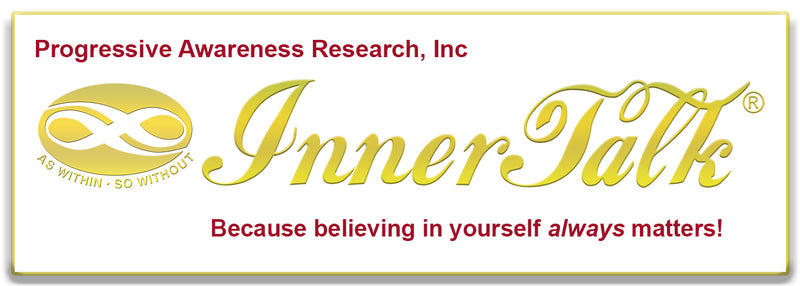Do Subliminal Self-Help Programs Work? (4): Theoretical Models
Theoretical Models Of Subliminal Perception Without Awareness

Several theoretical models accommodate perception without awareness within traditional psychology. Three such models are set out by Benjamin B. Wolman in Handbook of General Psychology.
First there is the “day-residue” model. One kind of day residue is the recent, indifferent, barely noticed, unassimilated impression. According to psychoanalytic theory, such material is “selected” for dreams precisely because of its manifest lack of psychic significance; it resonates with unconscious, infantile wishes and emerges in dreams as a derivative cognitive representation of the drive, owing to the requirements of censorship and the nature of unconscious thinking. The Poetzle experiment and its variants are based on this model, but depart from it in several ways.
The second model is that of Freud’s view of preconscious thinking, in which he assumed that such thinking tends to be spread out over a wider network of associations than is the case in conscious thought. The direction of preconscious thinking can be biased by unconscious motives and sets (“guiding ideas”). The subliminal stimulus is expected to bias the preconscious stream of thought, especially if there is a boost from unconscious or conscious motives.
The third model, evident mainly in Silverman’s (1967) work, is Freud’s conception of unconscious motivation conflict and defense. This model assumes that a subliminal input raises the activation level of existing unconscious motives and that it can therefore be considered analogous to an internally generated increase in the intensity of unconscious motives.
Wolman continues:
These three models are combined in the concept of “schema” activation proposed by Klein and Holt (1960). They assume that memory schemata are activated by sets, by relevant incoming stimuli, and by drives. Under appropriate conditions, marginal inputs are likely to activate drive-related ideas and lead to an effect. This conceptualization is elaborated by Klein (1956, 1970) in terms of a model of motivation in perception, which stresses the interplay of executive and concurrently active peripheral motives in relation to their accessibility to awareness, and as determinants of what is focal versus subsidiary in perceptual experience. If subliminal stimuli are considered as a special case of incidental or peripheral activation, then this model constitutes a promising way to understand the interaction of the variables studied in subliminal research. (1973).
I consider perception to be the fundamental determinator of behavior and favor a modified gestaltian theory of perception. That is, perception is always as wholes. Attention is not necessary to perception, and sensations are collective aggregates of information, which by definition of the word attention go largely undiscriminated by awareness. (See Subliminal Learning.) Further, it is more likely that all three of the afore-mentioned models operate concurrently rather than individually to the exclusion of the others.
A good theory is not one that answers all questions . . . rather it opens new questions.
Regardless of perception theories, registration can be independent of perception, and without an unconscious awareness or subconscious learning dynamic there exists no basis to psychology. Drives, motives and so on, cannot be strictly of conscious perception origin. The unconscious must be more than a repository for the conscious mind’s direct (cognitive) experience and/or indirect interpretive accumulation. Be that as it may (or as it may not be, if you prefer), as Wolman states:
“Contrary to popular belief, a good theory is not necessarily one that answers all questions, leaving nothing more to be done in a field, but rather it is one that opens up new problems and new avenues of investigation.” (1973).

